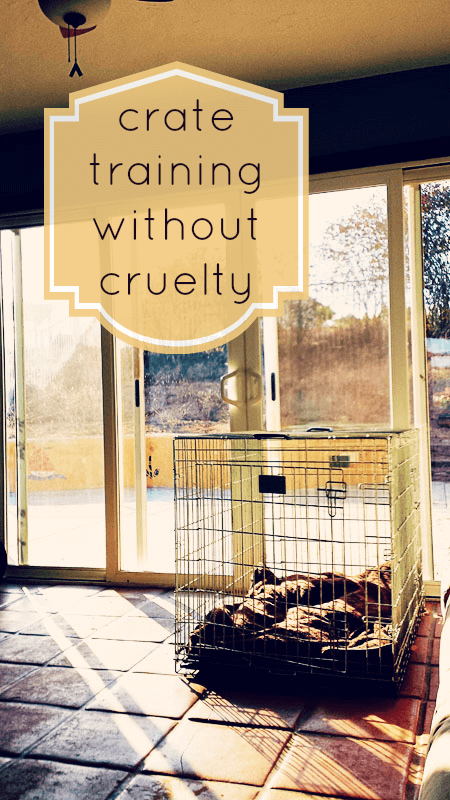
Anytime I mention to someone that I'm crate training the animals, I get one of two responses. “I can't believe you would do that to your pets!” or “Yeah, so? Doesn't everyone use crate training?” It's funny how any animal care or parenting tactic raises so many opinions.
For those not familiar with it, the idea behind crate training is simple: dogs (or other animals – yes, we have successfully tried crate training a cat in the past) spend their sleeping hours in a crate. I never bring animals into my home thinking, “Man, I can't wait to get this little guy into a crate!” but it's happened a couple times here and actually been a good experience for everyone involved.
When Bjorne came home, he was the sweetest little guy. Look at those eyes. So curious about the world.
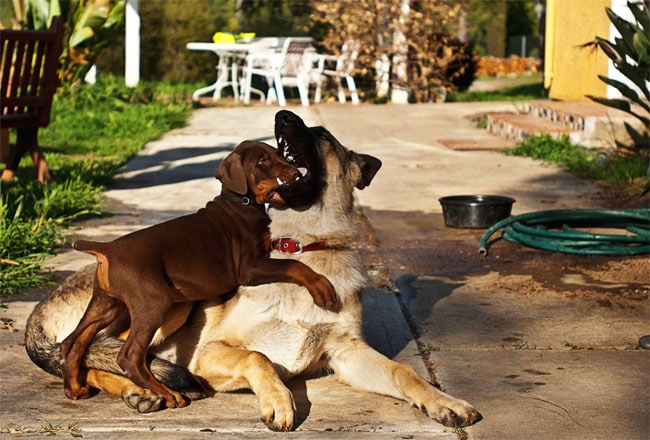
We got Bjorne and Kraken close enough together that we thought the two would be the best of pals. And they were…until Bjorne got Parvo. Ever since Bjorne got severely sick, Kraken has treated him a little differently. Rougher. Meaner. It's almost as if Kraken could sense Bjorne's weakness and took advantage of the situation to establish himself as the “alpha male.”
It's been that way ever since, with feisty little Bjorne being no match for Kraken's dominating presence. Bjorne gets frustrated after hours of rough-housing. Kraken won't let him eat first, run ahead or cuddle up and get attention without showing him who's boss. I can imagine it would be aggravating, especially for a teenage pup already in that “asserting his dominance” phase. He's out to stake his territory. And since Kraken won't give him any territory to stake, Bjorne finds it in our space.
He barks in the middle of the night. He chews our shoes. He ruins electronics, kitchen essentials, important work documents. Anything he can sink his teeth into.
We asked our friends at IAMS for a little help with the situation, and found a really informative video on crate training.
It included an introduction to the philosophy and tips on making crate training go smoothly. I was surprised to learn that in nature, dogs innately seek out dens for shelter and personal space. In the home, crate training can solve territorial issues by providing a safe, separate area for dogs to view as their own. We put Bjorne's crate by the back window so he can look out on a nice view, and started by placing him in there for brief periods of time while I was napping. Kraken is always taken into the other room with me so he can't harass Bjorne. After awhile, Bjorne started going in voluntarily and I daresay, he enjoys his little crate space.
No more shoe-chewing. No more barking. We're left with a pup who sleeps as peacefully as he did the day we brought him home. If you're looking for more information on puppy-training, you can find more helpful videos on the IAMS Puppy Playlist on YouTube or the IAMS Puppy website.
Have you ever tried crate training? Do you have any questions about crate training to ask the IAMS team?
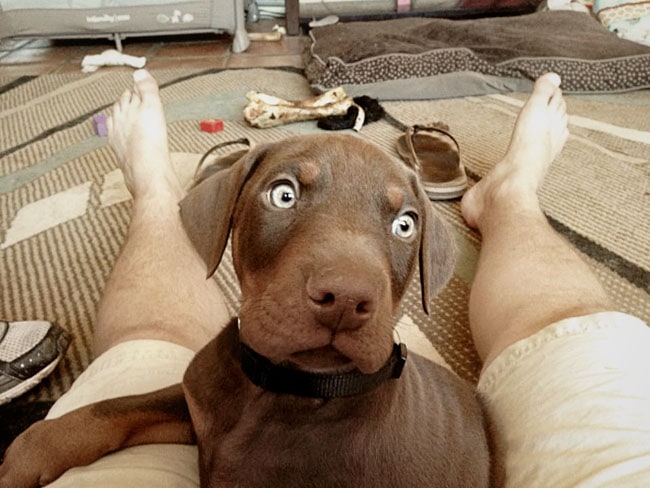
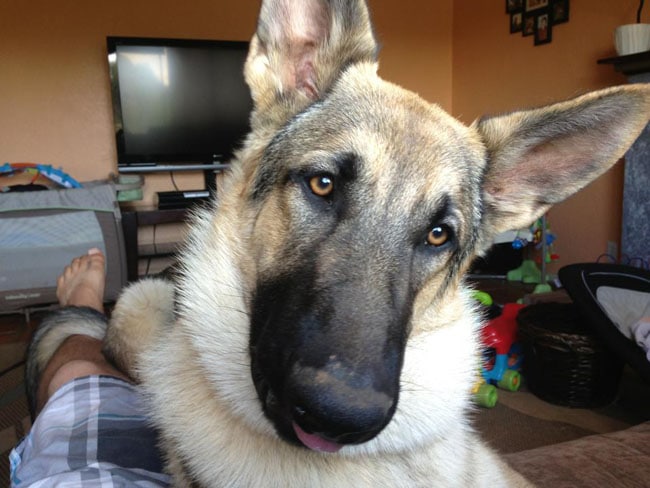
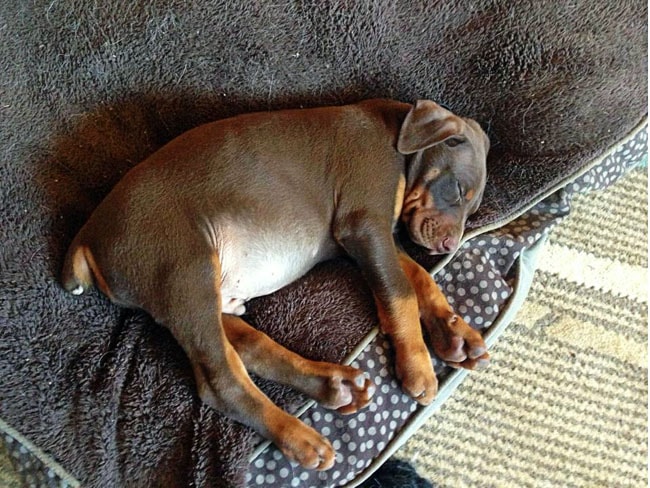
I had not heard of crate training before. Bjorne is so dang cute! Love the article and the IAMS company!
I believe in using a crate at night. Especially when you have a puppy. It not only helps with all the things you’ve listed but it also helps them control their bladder and bowels at night (along with other training). Typically, dogs and cats do not like to sleep in their waste. It’s a really good thing you’re doing! Keep it up!
Hi, of course this post is genuinely fastidious and I have learned lot of things from it regarding blogging.
thanks.